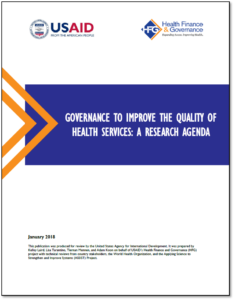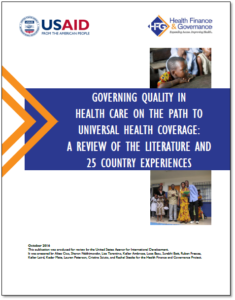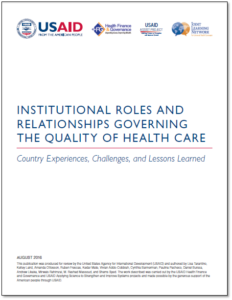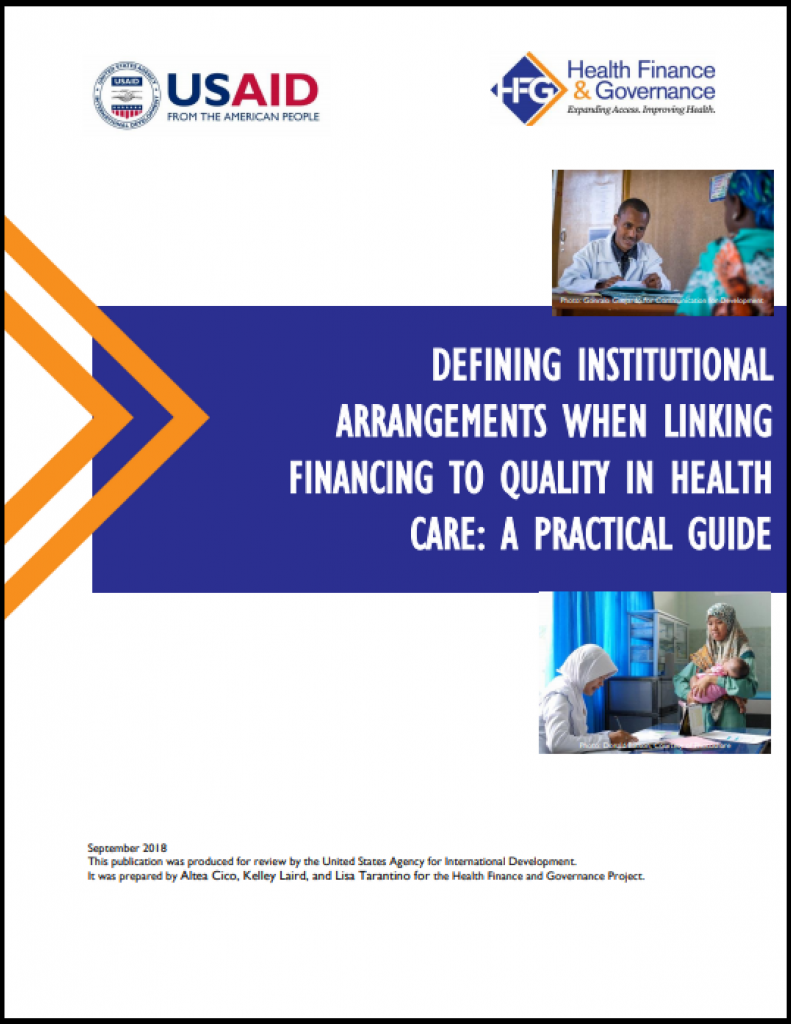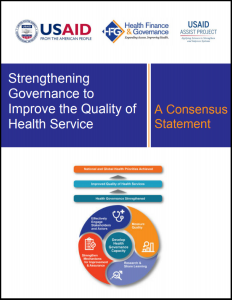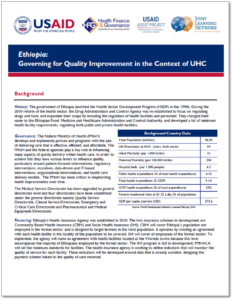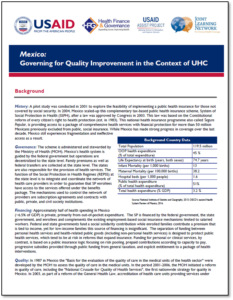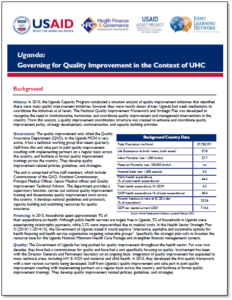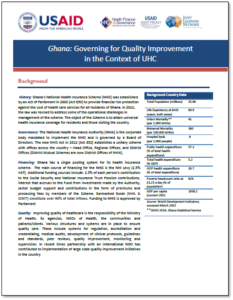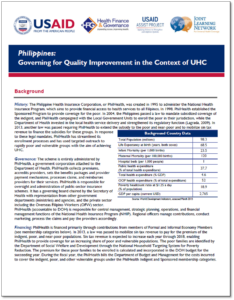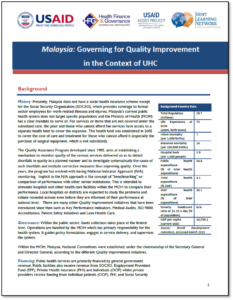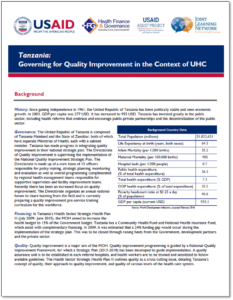Governing for Quality Health Care
Categories: Governance and Leadership, Publications, Universal Health Coverage
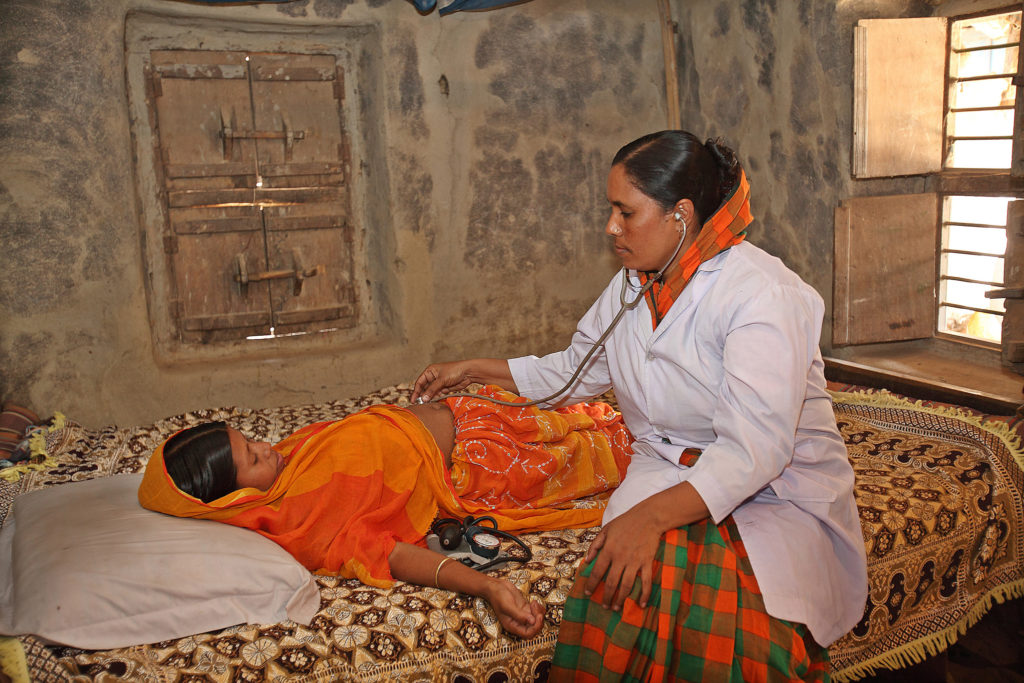
A community health worker checks a pregnant mother’s health condition. © 2017 Thommen Jose
Improving the quality of patient-centered health services is at the heart of delivering on the promise of universal health coverage (UHC) and achieving the Sustainable Development Goals (SDGs). The WHO’s Framework on integrated people-centered health services frames five strategies to achieve quality people-centered care, including creating an enabling environment that strives for quality improvement and safety and strengthening governance and accountability (WHO 2016). To this end, national governments are keen to learn from the experiences of others what is or is not “working” in the way countries have structured their institutional architecture to design, create, promote, oversee, improve, and pay for quality people-centered health service delivery.
Responding to this need, HFG and the Applying Science to Improve Systems (ASSIST) project have worked closely with the Joint Learning Network (JLN) and the World Health Organization (WHO) to understand the institutional architecture (including responsibilities, roles and relationships) needed for the governance of quality, and the potential levers for leaders to improve quality service delivery while increasing access to and availability of health services. Throughout the process, the team has developed a number practical tools and resources to help countries seeking to develop new governance structures and or improve existing structures when governing for quality.
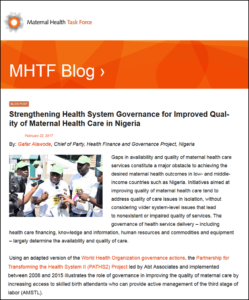
In addition to various tools on governing for quality, HFG has produced country case studies that show country progression toward prioritizing, and governing to improve quality health service delivery over time. Countries include Ethiopia, Mexico, Uganda, Ghana, Phillippines, Malaysia and Tanzania.




